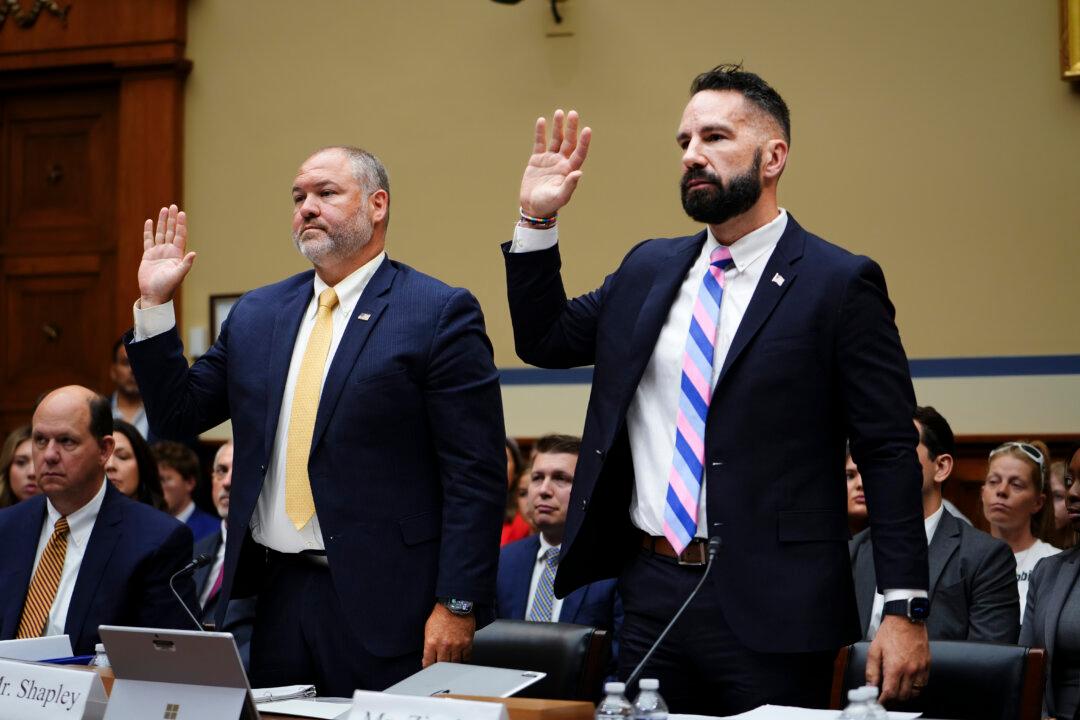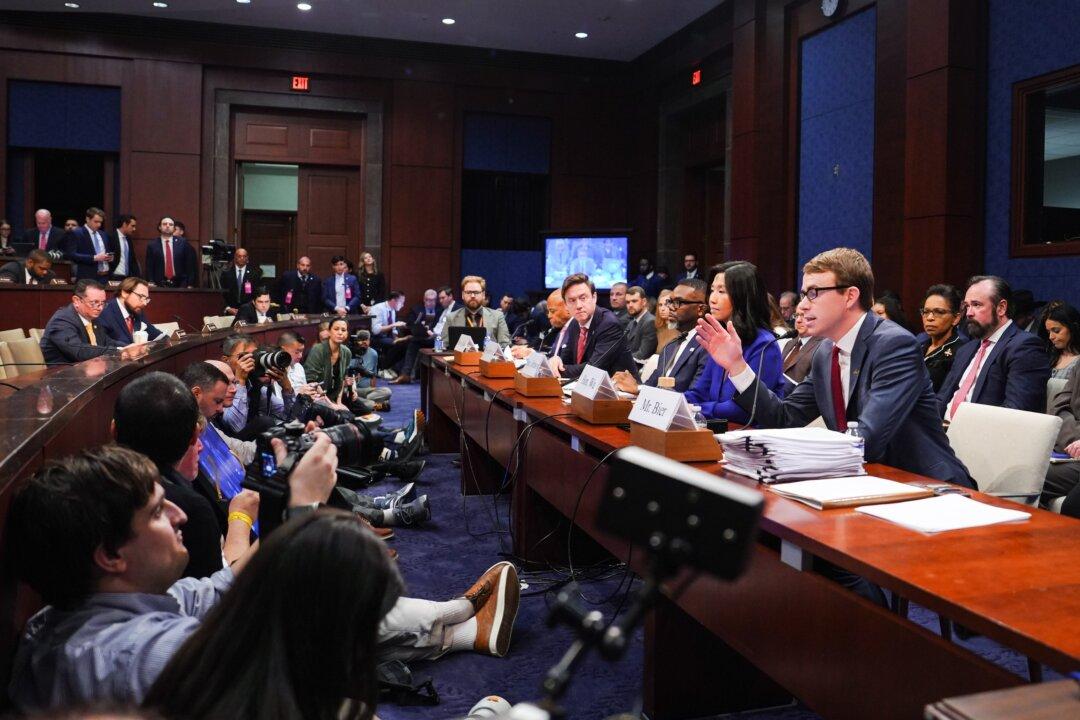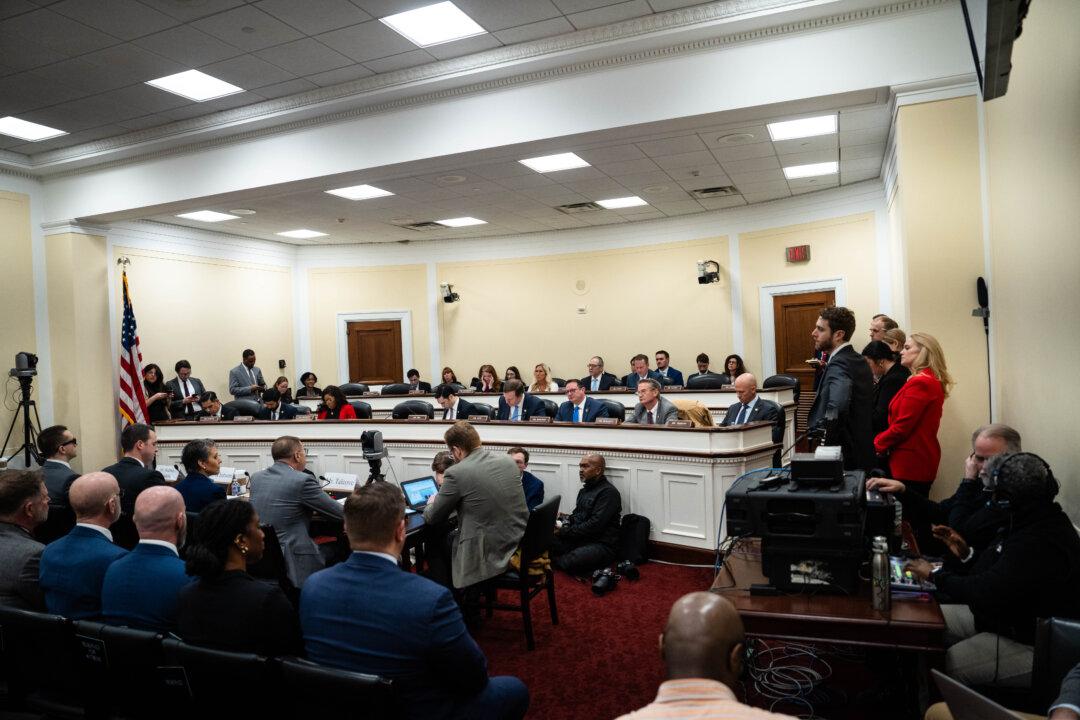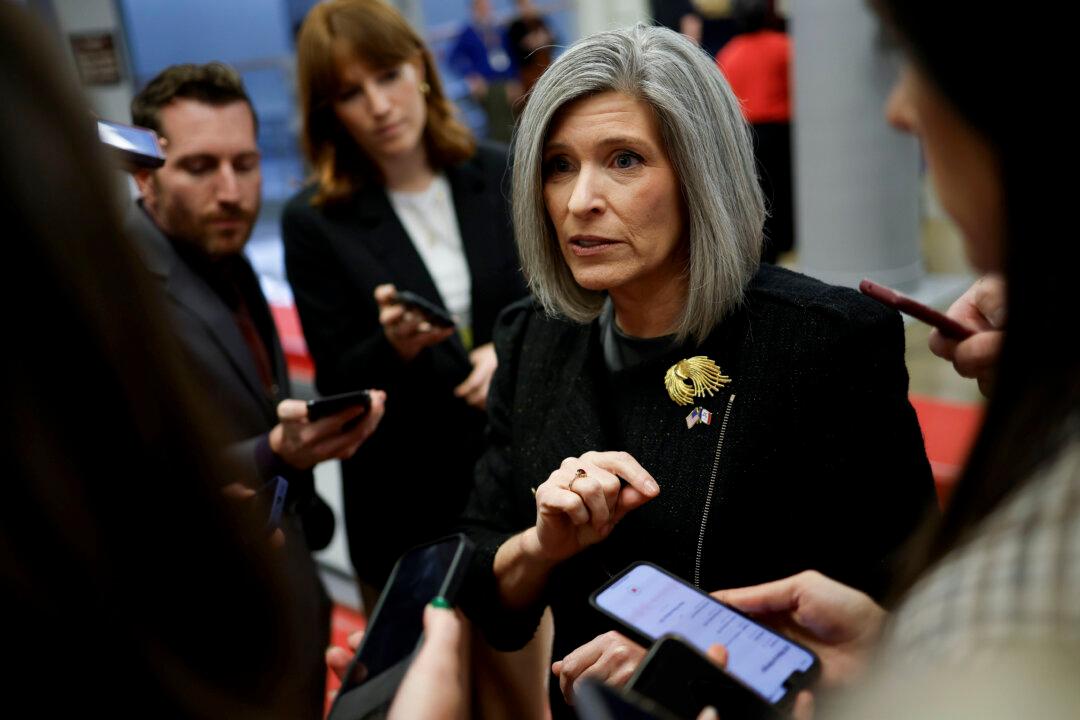Politicians across the United States are responding in varying degrees of support for calls from radical left-wing groups such as Antifa and Black Lives Matter to “defund the police,” although official data shows states and cities with the biggest crime problems would be hurt the most by such moves.
Nationwide, average state spending on police protection has been remarkably steady over the past several decades, at around $63 per capita.





